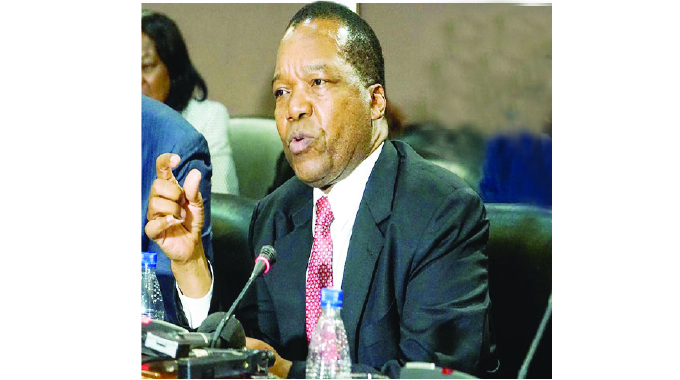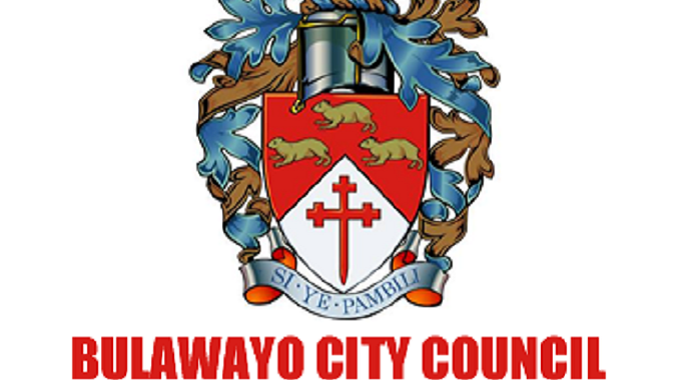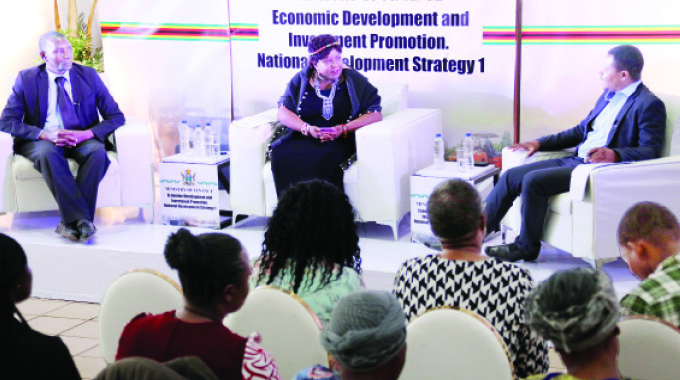Forex auction benefits over 7 000 firms

Sikhulekelani Moyo, Business Reporter
A TOTAL of US$6,7 billion was channelled towards foreign payments covering different expenses between January and December 2021 with the bulk of the funding going towards procurement of key raw materials and other essential products.
Of this amount, about US$2 billion was allotted to 7 325 big and small business organisations through the Reserve Bank of Zimbabwe (RBZ)’s foreign currency auction system.
Since its commencement on June 2020, the official forex trading platform has been credited for assisting the growth of the productive sector through increased formal access to scarce forex resources, averaging US$40 million per week.
This has seen industry capacity utilisation jumping to about 60 percent in 2021 compared to 47 percent in 2020 and 36 percent in 2019, according to the Confederation of Zimbabwe Industries (CZI).
Although the parallel market still persists, the system has also been lauded by business leaders for restoring sanity in forex trading, which is helping the country towards price discovery and stability.
Industry experts have, however, called for the finetuning of the forex platform so as to reduce the wider gap between formal and parallel market exchange rates.
At the moment the formal exchange rate is hovering at around US$1:Z$108 while the parallel market rate is inching close to US$1: Z$200.
Financial economists blame the continued price distortions to the wider cleavage between formal and parallel market rates, which creates arbitrage opportunities due to speculation and perceived loss of value for the local currency.
In a latest statement issued on Sunday, RBZ Governor Dr John Mangudya published the names of over 7 000 beneficiaries of the forex auction so far and also revealed other forex payments made by the country during the course of the year.
The list shows 2 037 beneficiaries of US$1,6 billion allotted under the main foreign exchange auction and 5 288 beneficiaries of US$3,3 billion allotted under the small to medium enterprises (SMEs) foreign exchange auction and a schedule showing the total foreign exchange payments by source amounting to US$6,7 billion.
The breakdown covers foreign currency accounts of US$4,49 billion, foreign exchange auction system US$1,97 million and the interbank market of US$309 million.
“In line with the bank’s commitment to regularly keep the public informed of development in the forex auction exchange market, the bank has published a list of beneficiaries and a schedule showing the total exchange payments by source amounting to US$6,7 billion,” Dr Mangudya said.
“From the inception of the foreign exchange auction system on 23 June 2020 to the end of December 2021, an amount of US$2,6 billion was allotted to the key sectors of the economy with US$ 2,2 billion being allotted through the main auction and US$358, 2 million through the SMEs auction.”
The schedule shows that the bulk of the forex payments throughout the year went towards the procurement of raw material and machinery and equipment.
This saw the last auction on December 14, allotting US$29,4 million of the grand total of US$41,8 million to both the main auction and Small and Medium Enterprises (SMEs).
“Of the bulk of the funds allotted in 2021, 62 percent went towards the payment of raw materials (US$777,2 million) and machinery and equipment (US$445 million) and US$749,2 million presenting 38 percent of the total allotments going towards payment for consumables, pharmaceuticals and other needs of the economy,” said Dr Mangudya.
The Government introduced the forex trading system on June 2020 as part of measures to stabilise exchange rates against United States dollar and provide a better and formal way for businesses to get foreign currency.
The forex auction system is conducted on a weekly basis on Tuesdays and usually makes allotments ranging from US$39 million to US$43 million per week.
The last trading was held on December 14 before the festive season break and would resume on January 11 2022.
Although the country’s exports are on positive trajectory, having grown by 47,4 percent to US$3,75 billion between January and August in 2021 compared to US$2,54 in the same prior period, trade deficit remains a cause for concern as imports outstrip exports.
The RBZ has urged the productive sectors of the economy, which include the micro, small and medium enterprises (SMEs) to continue utilising the available financial support to enhance productivity and financial inclusion.
Meanwhile, CZI has warned that the distortionate impact of the parallel market exchange rate in the economy was threatening exporting businesses as it eats into the viability of businesses.
“The parallel market premium…is considered a tax by exporting businesses as they offload the surrender portion of the export earnings at the auction exchange rate while they conduct their businesses in a cost environment determined by mixed rates depending on where suppliers of good and services are sourcing forex,” said CZI in a recent position paper. —
@SikhulekelaniM1









Comments